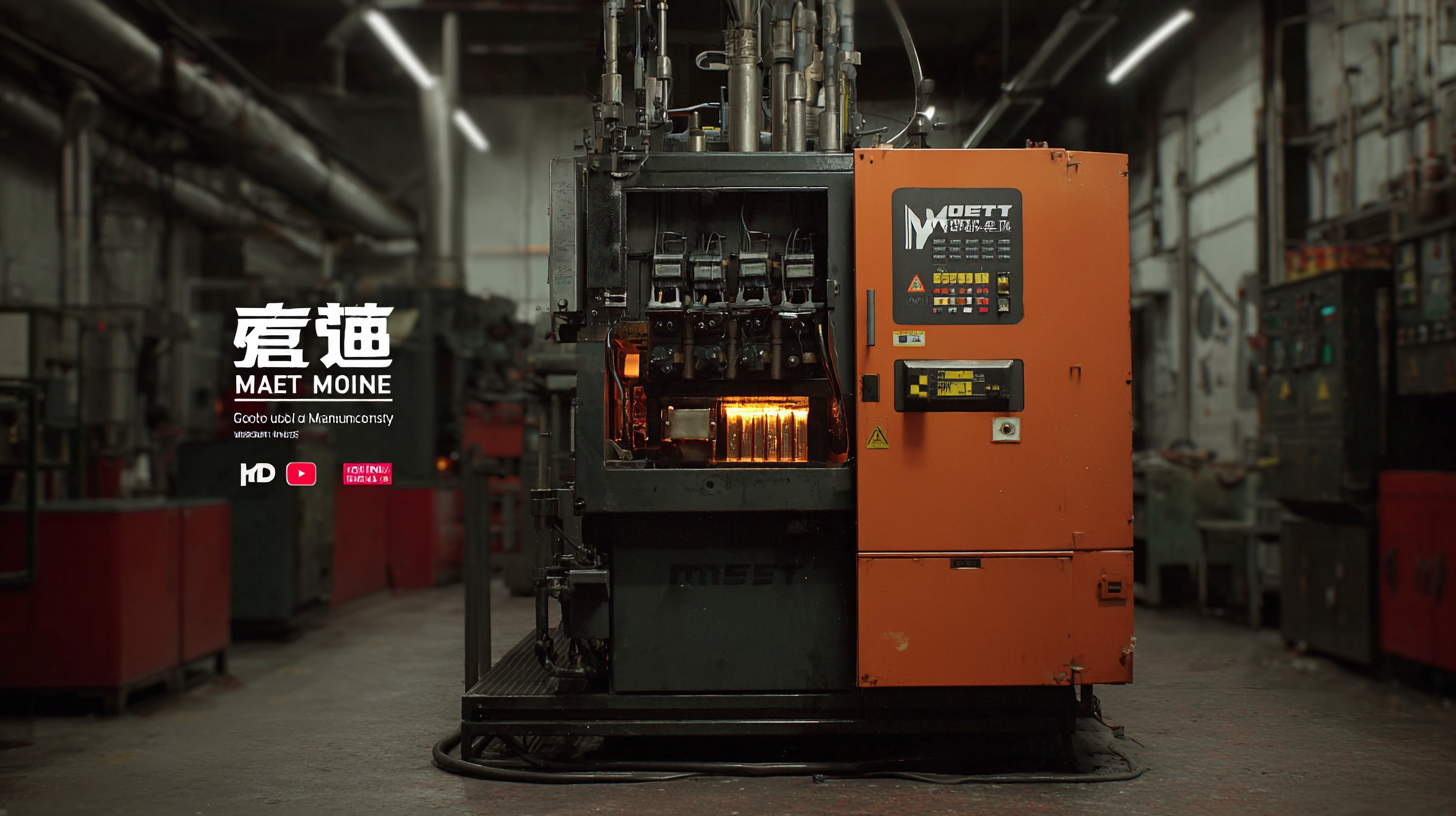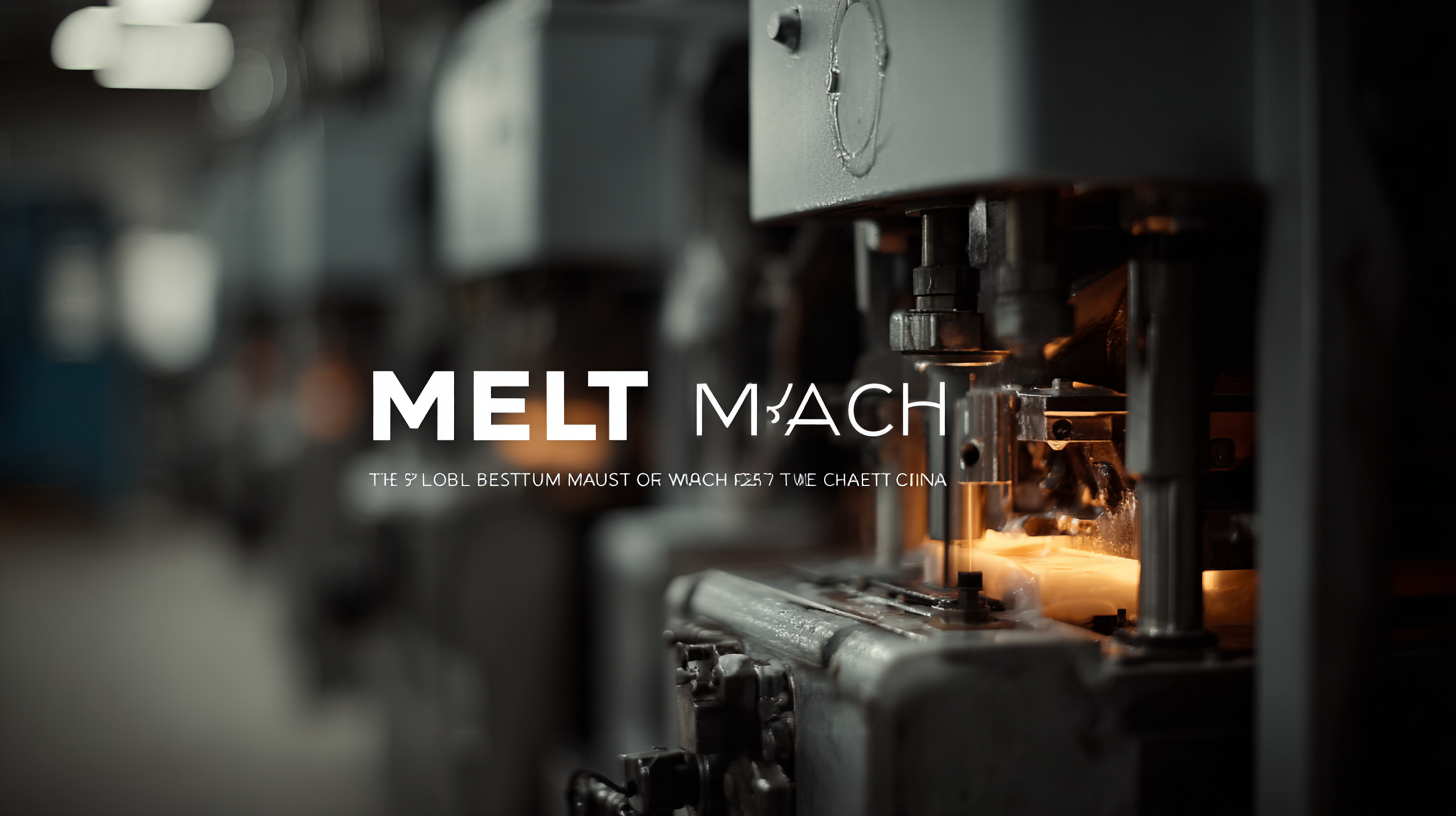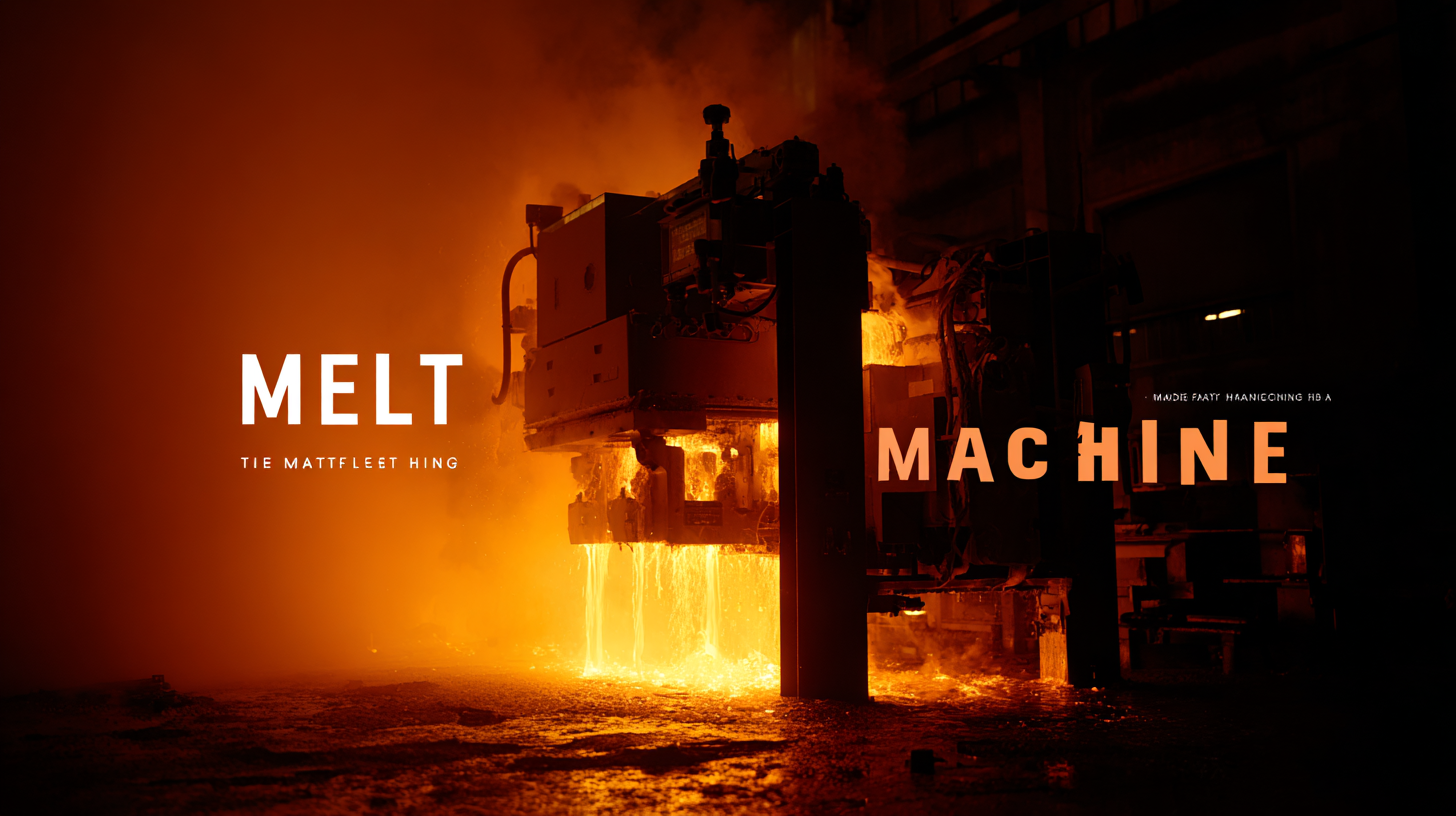Automated Dispensing Robot Videos
A World of Robotic Dispensing and Assembly SolutionsGlobal Pride in World Class Manufacturing with the Best Hot Melt Machine from China
In recent years, the global manufacturing landscape has witnessed a significant shift towards automation and efficiency, with the Hot Melt Machine emerging as a critical player in various industries. According to a report by Research and Markets, the global hot melt adhesive market is projected to reach $7.72 billion by 2026, growing at a CAGR of 5.6%. This surge in demand can be attributed to the increasing use of hot melt adhesives in packaging, automotive, and construction sectors, where reliability and performance are paramount. As China continues to refine its manufacturing processes and uphold stringent quality standards, its hot melt machines have started to gain recognition worldwide. By focusing on superior craftsmanship and innovative technology, Chinese manufacturers are not only enhancing their domestic reputation but also positioning themselves as key competitors in the global market. This blog explores how these advancements are enabling Chinese hot melt machines to lead the charge in global pride for world-class manufacturing.

Features and Applications of Different Types of Hot Melt Adhesives in Manufacturing
Hot melt adhesives have become vital in various manufacturing processes due to their versatility and efficiency. These adhesives are thermoplastic, meaning they are applied in a molten state and solidify upon cooling, creating a strong bond without the need for solvents. In manufacturing, they are commonly used for packaging, automotive applications, and construction. Their quick setting time allows for faster production rates, making them ideal for high-volume manufacturing environments.
Different types of hot melt adhesives cater to specific applications. For instance, ethylene-vinyl acetate (EVA) hot melts are popular for packaging due to their excellent adhesion to a variety of substrates. On the other hand, polyurethane hot melts offer superior flexibility and durability, making them suitable for products that require resistance to heat and moisture, such as in automotive assembly. Understanding the distinct properties and applications of these adhesives enables manufacturers to optimize their processes and enhance product performance, thereby ensuring global competitiveness in the manufacturing sector.
Key Performance Indicators for Selecting the Right Hot Melt Machine for Your Production Needs
When selecting the right hot melt machine for production needs, key performance indicators (KPIs) such as efficiency, adhesive quality, and environmental impact must be carefully evaluated. The thermoplastic polyurethane adhesive market is witnessing significant growth, with hot melt adhesives leading the way. In fact, the global pharmaceutical hot melt extrusion equipment market is projected to expand from USD 34.7 million in 2024 to USD 44.8 million by 2030, highlighting the increasing adoption of advanced technologies to enhance drug solubility and bioavailability. This growth is driven by the demand for high-quality production equipment that can streamline processes and reduce waste.
Another crucial aspect to consider is the trend toward sustainable production practices within the manufacturing industry. As the emphasis on green production intensifies, companies are increasingly focusing on improving energy efficiency to minimize greenhouse gas emissions. Reports indicate that enhancing energy efficiency within the industrial sector is a primary approach to addressing environmental concerns. By investing in state-of-the-art hot melt machines that promote eco-friendly practices, manufacturers not only align with sustainability goals but also improve overall operational efficiency and product quality.

Market Trends in Hot Melt Adhesive Usage Across Various Industries in 2023
The global market for hot melt adhesives demonstrates significant growth potential across various industries in 2023. Notably, the thermoplastic polyurethane adhesive market is projected to advance due to increasing preferences for hot melt adhesives, which accounted for a substantial segment in recent evaluations. Also, the demand for sustainable bonding solutions is notable; the wood adhesives sector alone is expected to reach USD 14.7 billion by 2032, propelled by growing consumer awareness regarding environmentally-friendly products.
The hot melt amorphous polyalphaolefin (APAO) market further highlights this trend, with predictions indicating expansive growth driven by diverse applications within packaging and construction sectors. This versatility showcases the adaptability of hot melt adhesives across different industries, which is critical as manufacturers seek to enhance product performance while maintaining cost-effectiveness.
**Tips:** When selecting hot melt adhesives, consider their end-use application to ensure optimal performance. Additionally, keep an eye on evolving market trends that may influence adhesive technology advancements. Using the right adhesive type can also significantly improve production efficiency and product longevity, thus benefiting both manufacturers and consumers alike.
Comparative Analysis of Hot Melt Machines: Efficiency and Output Rates
In the realm of industrial manufacturing, the efficiency of equipment is paramount, especially when it comes to hot melt machines. A comparative analysis of these machines reveals significant differences in performance, primarily in efficiency and output rates. The latest advancements in technology have led to the development of machines that not only enhance productivity but also reduce energy consumption. Chinese manufacturers, known for their cutting-edge innovations, have introduced models that set new benchmarks in the industry.
Efficiency in hot melt machines can often be measured by their operational speed and the quality of adhesive bond they produce. Machines designed with advanced heating systems and precision application methods yield higher output rates, allowing manufacturers to maintain a competitive edge. For instance, certain models can achieve an impressive output rate while ensuring minimal glue wastage, which translates to cost savings and improved sustainability practices. By investing in these state-of-the-art machines, companies can optimize their production lines and uphold global standards in manufacturing excellence.
Global Pride in World Class Manufacturing with the Best Hot Melt Machine from China
| Machine Model | Efficiency (m²/h) | Output Rate (Kg/h) | Power Consumption (kW) | Rework Rate (%) |
|---|---|---|---|---|
| Model A | 120 | 60 | 8 | 2 |
| Model B | 135 | 70 | 9 | 1.5 |
| Model C | 110 | 55 | 7.5 | 2.5 |
| Model D | 145 | 75 | 10 | 1 |
| Model E | 130 | 65 | 8.5 | 1.8 |
The Role of Automation in Enhancing Hot Melt Adhesive Application Processes
In the world of hot melt adhesive application, automation plays a pivotal role in enhancing efficiency and precision. By integrating advanced automated systems, manufacturers can streamline the application processes, reducing human error and increasing productivity. Automated hot melt machines can ensure consistent adhesive distribution, allowing for better bonding, which is crucial in various industries, from packaging to furniture manufacturing.
Tip 1: Implement real-time monitoring systems to track adhesive application. This ensures that any inconsistencies are quickly detected and addressed, leading to improved product quality.
Moreover, the adoption of robotics in hot melt application brings additional benefits. These systems can handle repetitive tasks at a faster rate than manual labor, freeing up skilled workers to focus on more complex issues. Robotic applications can also adapt easily to different product designs and specifications, showcasing the flexibility that automation brings to modern manufacturing.
Tip 2: Invest in training for your team on new automated systems to maximize the benefits of technology in your production line. Well-trained staff can quickly troubleshoot issues, ensuring minimal downtime.

